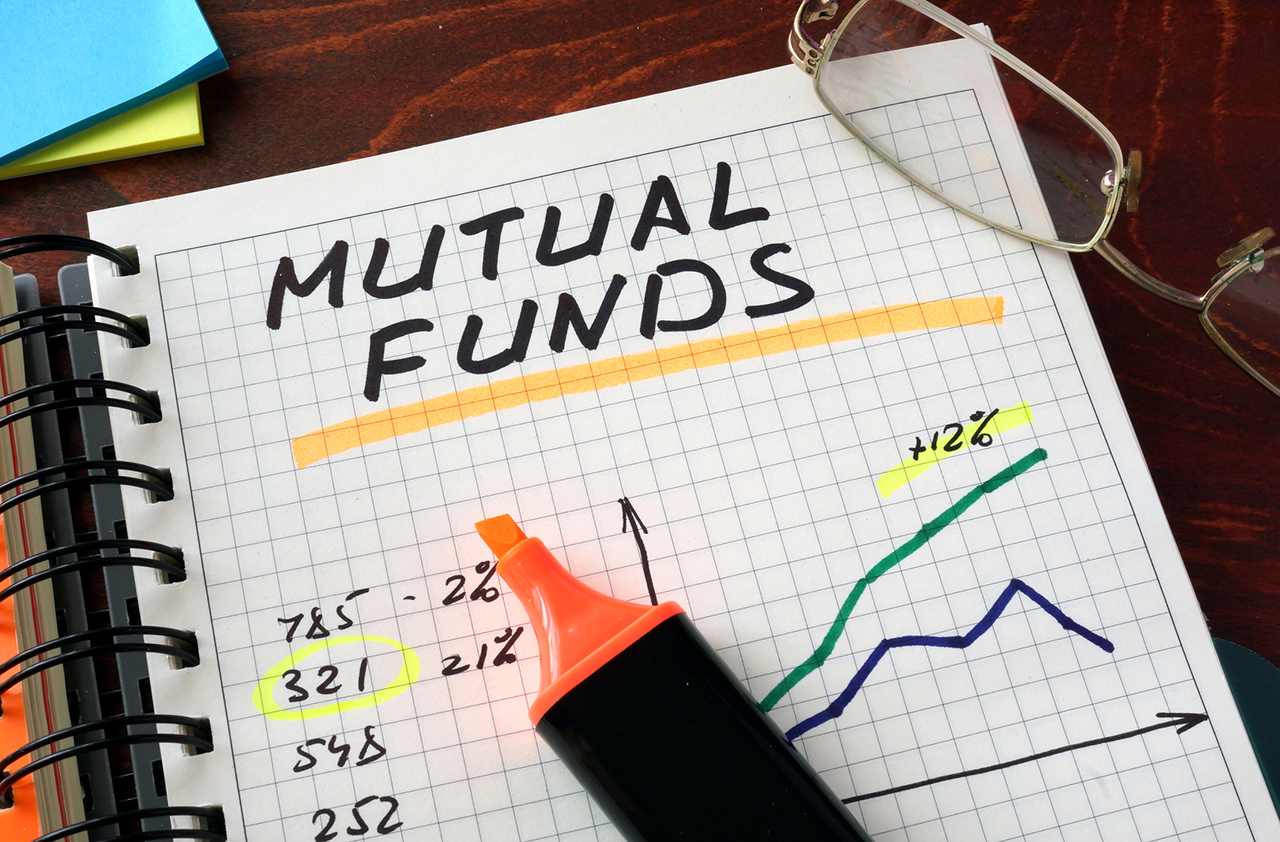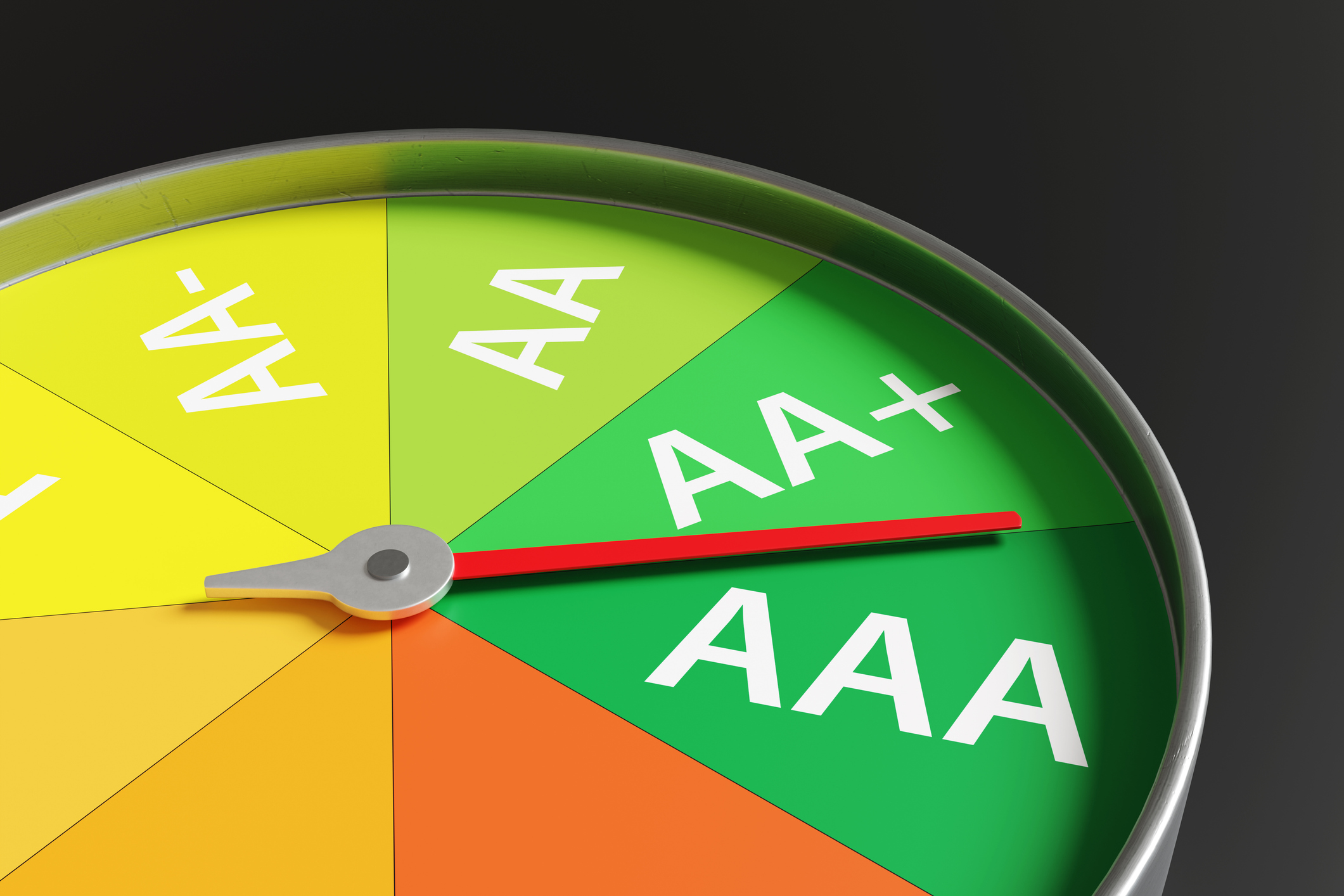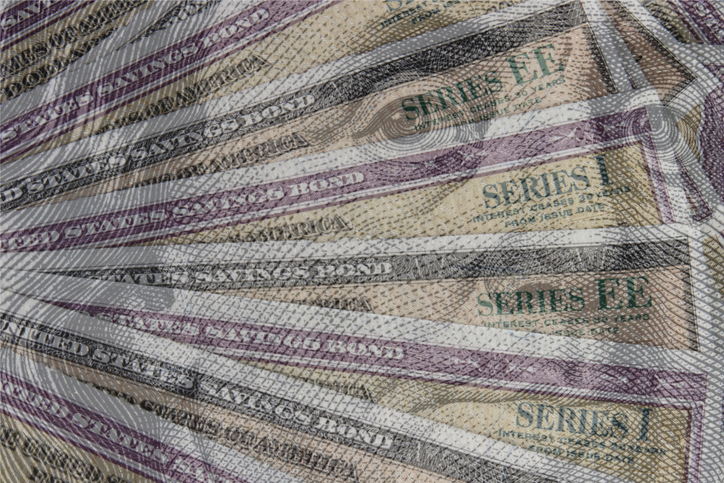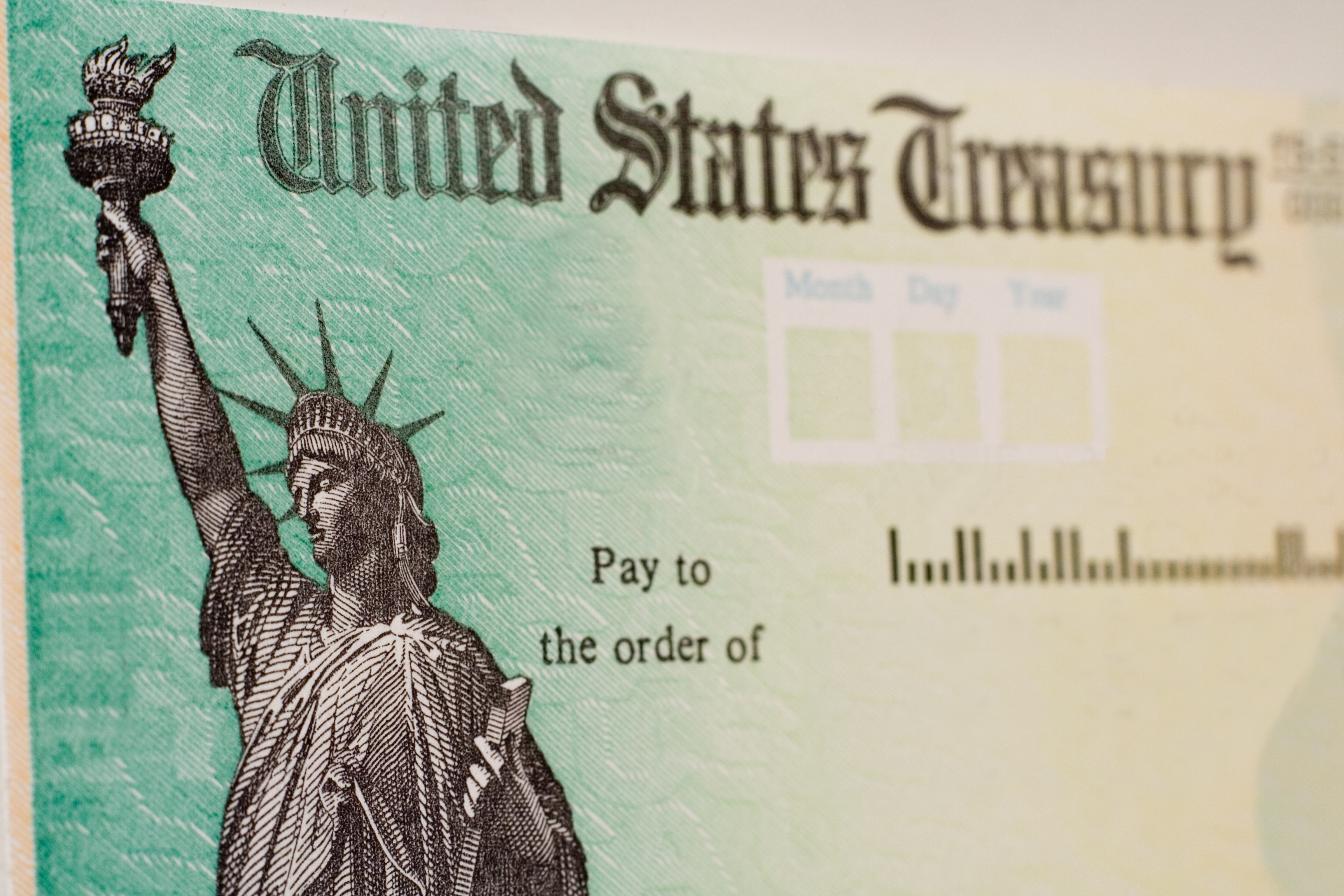Free Trades on Low-Cost Funds
Charles Schwab offers the best deals on low-cost investments.


Guide to Scoring the Best Deals in 2018
- Disrupter Deal: The Instant Pot
- Get the Real Deal for Less
- Best Bets for Grocery Delivery
- Top Tech Bargains for 2018
- Refurbished and Open-Box Deals
- Disrupter Deal: No-Strings Streaming
- Skip the Sales Tax
- Sales on Consumer Staples Stocks
- Disrupter Deal: Trade Stocks Commission-Free
- Best Deals for Low-Cost Cloud Storage
- Hot Savings on Flights to Hawaii
- Get a Free Hotel Room
- Rent an RV for a Dollar a Day
- Disrupter Deal: Two-in-One Trips
Index mutual funds and exchange-traded funds are investors’ go-to low-cost investments—and Charles Schwab has a lock on the best deals these days. More than 250 ETFs trade commission-free at Schwab. The list covers all major asset classes and many industry sector funds. All Schwab-brand ETFs make the list, naturally, including Schwab US Dividend Equity (SCHD), a member of the Kiplinger ETF 20, the list of our favorite ETFs. Others hail from SPDR, Invesco and WisdomTree.
Schwab also offers 11 of its index mutual funds with no minimum initial investment and no transaction fee, as well as its suite of index-based target-date portfolios. Some of the funds charge annual fees that are as low as Schwab’s ETFs. Schwab S&P 500 Index fund (SWPPX), for instance, costs 0.03% per year. That’s cheaper than the Admiral share class of the Vanguard 500 Index fund, which requires $10,000 to start an account and charges 0.04% in annual expenses.

Sign up for Kiplinger’s Free E-Newsletters
Profit and prosper with the best of expert advice on investing, taxes, retirement, personal finance and more - straight to your e-mail.
Profit and prosper with the best of expert advice - straight to your e-mail.
Get Kiplinger Today newsletter — free
Profit and prosper with the best of Kiplinger's advice on investing, taxes, retirement, personal finance and much more. Delivered daily. Enter your email in the box and click Sign Me Up.

Nellie joined Kiplinger in August 2011 after a seven-year stint in Hong Kong. There, she worked for the Wall Street Journal Asia, where as lifestyle editor, she launched and edited Scene Asia, an online guide to food, wine, entertainment and the arts in Asia. Prior to that, she was an editor at Weekend Journal, the Friday lifestyle section of the Wall Street Journal Asia. Kiplinger isn't Nellie's first foray into personal finance: She has also worked at SmartMoney (rising from fact-checker to senior writer), and she was a senior editor at Money.
-
 5 Easy Weatherproofing Projects That Help Prevent Damage and Save on Insurance
5 Easy Weatherproofing Projects That Help Prevent Damage and Save on InsuranceProtect your home from storms and water damage with these simple weatherproofing upgrades — some may help reduce your home insurance premium.
By Paige Cerulli
-
 If Trump Fires Jerome Powell, What Happens To Savings and Mortgage Rates?
If Trump Fires Jerome Powell, What Happens To Savings and Mortgage Rates?President Donald Trump expressed his desire to remove Fed Chair Jerome Powell. If the president is successful, how would it impact your savings accounts?
By Sean Jackson
-
 How To Find Great Dividend Stocks
How To Find Great Dividend StocksDividend-paying stocks have lagged lately but are due for a comeback. Here's what to look for in great dividend stocks.
By Kim Clark
-
 Bond Basics: Zero-Coupon Bonds
Bond Basics: Zero-Coupon Bondsinvesting These investments are attractive only to a select few. Find out if they're right for you.
By Donna LeValley
-
 Bond Basics: How to Reduce the Risks
Bond Basics: How to Reduce the Risksinvesting Bonds have risks you won't find in other types of investments. Find out how to spot risky bonds and how to avoid them.
By the editors of Kiplinger's Personal Finance
-
 What's the Difference Between a Bond's Price and Value?
What's the Difference Between a Bond's Price and Value?bonds Bonds are complex. Learning about how to trade them is as important as why to trade them.
By Donna LeValley
-
 Bond Basics: U.S. Agency Bonds
Bond Basics: U.S. Agency Bondsinvesting These investments are close enough to government bonds in terms of safety, but make sure you're aware of the risks.
By Donna LeValley
-
 Bond Ratings and What They Mean
Bond Ratings and What They Meaninvesting Bond ratings measure the creditworthiness of your bond issuer. Understanding bond ratings can help you limit your risk and maximize your yield.
By Donna LeValley
-
 Bond Basics: U.S. Savings Bonds
Bond Basics: U.S. Savings Bondsinvesting U.S. savings bonds are a tax-advantaged way to save for higher education.
By Donna LeValley
-
 Bond Basics: Treasuries
Bond Basics: Treasuriesinvesting Understand the different types of U.S. treasuries and how they work.
By Donna LeValley